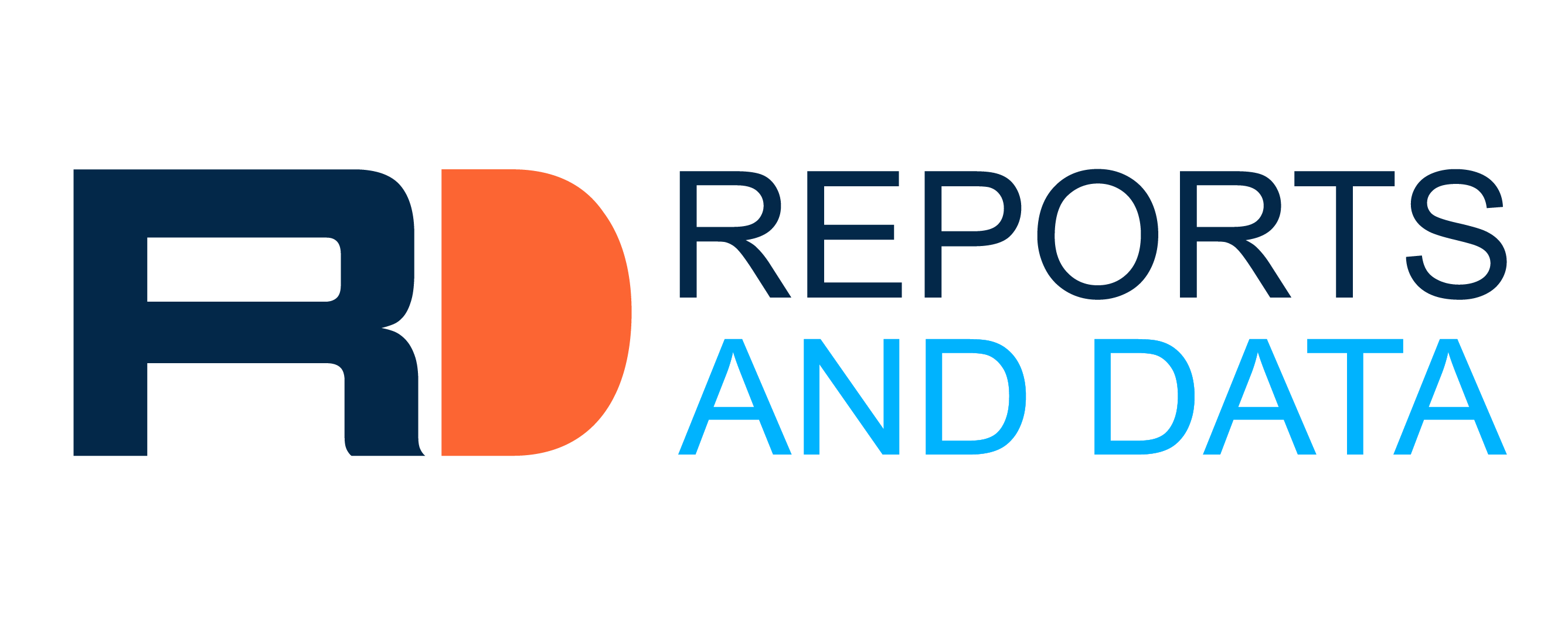A well-structured chart of accounts is crucial for tracking finances in QuickBooks Desktop or Online. The chart of accounts provides the framework for categorizing transactions and producing financial statements.
Follow these steps to build an organized chart of accounts in QuickBooks
Plan Your Account Categories
Start by planning the main account categories you want to track such as:
- Assets (e.g. bank accounts, accounts receivable)
- Liabilities (e.g. accounts payable, loans)
- Income (e.g. sales, services)
- Cost of Goods Sold
- Expenses (e.g. advertising, payroll)
- Equity
Group accounts into these common bookkeeping categories for easy reporting later.
Set Up Key Header Accounts
Within each category, set up header accounts that will have sub accounts underneath them. For example, create a parent account called “Current Assets” then have sub accounts for checking, savings, accounts receivable, etc.
Use QuickBooks’ Account Type feature when creating each account to designate it as an income, expense, asset, etc. type of account.
Also read Resolving QuickBooks Error 1903
Make Accounts Fit Your Business Needs
Customize accounts to fit your specific business operations. For a retailer, have inventory asset accounts by department. For a contractor, break out job expenses from overhead. Adjust accounts as needed.
Use a Numeric Account Numbering System
Number accounts sequentially starting from 1000 or 10000 for easy organization. Leave room between account numbers to add new accounts later. Keep header accounts low numbered and sub accounts higher numbers.
Set Up Complete Names
Account names should be complete phrases, not abbreviations. For example, use “Office Supplies Expense” instead of “Exp – Office Supp”. Descriptive names clarify reporting.
Organizing your chart of accounts from the start makes recording transactions faster.
With a little planning, you can set up QuickBooks with an intuitive chart of accounts tailored to your business needs and ready for financial reporting.Visit QuickBooks File Doctor Too
to konw more about Quickbooks Software
Here are some frequently asked questions and answers about the chart of accounts in QuickBooks:
Q: What is the chart of accounts in QuickBooks?
A: The chart of accounts is a list of all the accounts you use to track income, expenses, assets, liabilities, and equity in your QuickBooks file. It provides the framework for your accounting system.
Q: How do I set up my chart of accounts in QuickBooks?
A: Start by adding accounts for your main categories like income, cost of goods sold, expenses, assets, liabilities, and equity. Then add numbered sub-accounts under each main account. Customize the accounts to your business needs.
Q: Should I use account numbers in my QuickBooks chart of accounts?
A: Yes, using an account numbering system makes organizing your chart of accounts easy. Number your main categories starting from 1000 or 10000, then give each sub-account a higher number.
Q: What are some tips for organizing my chart of accounts?
A: Use descriptive names, leave room between account numbers to add new accounts, use Account Types properly, create header accounts with sub-accounts, and keep an order to your categories.
Q: How do I add a new account to the chart of accounts?
A: In the Chart of Accounts window, click Account > New. Enter the account details and save it. The new account will be added alphabetically.
Q: Can I delete an account from my chart of accounts?
A: Yes, you can right click on an account and choose Delete Account. But you should only delete accounts that do not contain any transactions.
Q: How do I edit an existing account on my chart of accounts?
A: Select the account in the Chart of Accounts window and click Account > Edit Account. Change the account details and save the changes.
Q: What are some common issues with the chart of accounts?
A: Having too many accounts, very long account names, inconsistent numbering, duplicate accounts, gaps in numbering, and improper use of account types.





